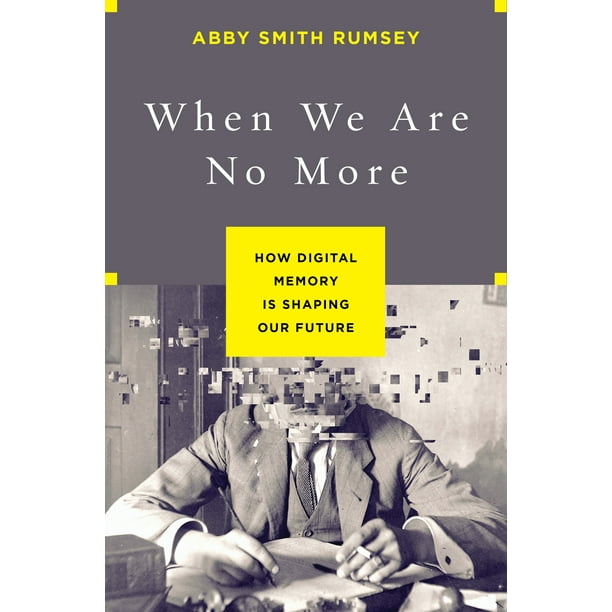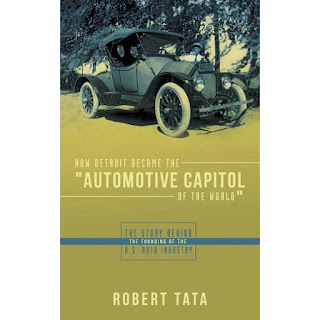Over the years, I tallied up the number of references to Ohio in movies and television shows. If a TV show wants to portray the average middle-of-the-road American setting Ohio seems to be the default. Alternatively, Ohio is used as an unsophisticated foil to the glamorous setting of the coastal elite. My hometown of Sandusky seems to get more than its fair share of references. Satirist P.J. O'Rourke's comical short story, The King of Sandusky uses the plain settings of north central Ohio towns and landmarks as a contrast for his plot of medieval intrigue. I once met him at a book signing and asked him, "why Sandusky?" He said it was because he couldn't use hometown of Toledo and Sandusky was his next best stand-in.
Here’s a partial list of my tally of TVs and movies set in Ohio. There's plenty more out there, feel free to add your own.
Television Shows
- Family Ties - suburban Columbus, OH. A 1980s sitcom starring Meredith Baxter, Michael Gross, Michael J. Fox, and Justine Bateman, contrasting the conservative son with his liberal ex-hippie parents.
- Third Rock from the Sun - fictional town of Rutherford Ohio outside Cleveland. Sitcom that ran from 1996, to 2001 about four extraterrestrials who are on an expedition to Earth.
- Hot in Cleveland - Cleveland, OH. A sitcom staring Valerie Bertinelli, Jane Leeves, Wendie Malick, and Betty White about three best friends from Los Angeles on their way to Paris when their plane makes an emergency landing in Cleveland.
- Mary Hartman, Mary Hartman - Ohio. Satirical Soap Opera from the late 1970s starring Louise Lasser, Greg Mullavey, Mary Kay Place, Graham Jarvis.
- Fernwood Tonight - Fernwood, OH. A spinoff from Mary Hartman with Martin Mull, Fred Willard.
- The Drew Carey Show - Cleveland, OH. A sitcom that ran from 1995 to 2004 set in the office of a Cleveland Department store and focused on the life of "everyman" Drew Carey.
- WKRP Cincinnati - Cincinnati, OH. A sitcom that ran from 1978 to 1982 with Gary Sandy, Loni Anderson, and Howard Hesseman and their attempts to keep a struggling Top 40 radio station running.
- Twilight Zone - various locations and episodes (for a full discussion, go here):
- "Nick of Time," Peaksville, OH, starring William Shatner as a superstitious young newlywed.
- "It's a Good Life," with Billy Mumy
- “A Game of Pool” - starring Jack Klugman who is called back from the afterlife to defend his title in a pool hall in Sandusky, OH
Movies
- Swan Song - Sandusky, OH. A 2021 drama written, directed, and produced by Sandusky native, Todd Stephens. It stars Udo Kier, Jennifer Coolidge, Linda Evans,
- Heathers - Sherwood, OH. A 1989 American black comedy staring Winona Ryder, Christian Slater, Shannen Doherty,
- Welcome Home Roxy Carmichael - Sandusky, OH. A 1990 American comedy-drama film and starring Winona Ryder and Jeff Daniels.
- Tommy Boy - Sandusky, OH. A 1995 comedy starring Chris Farley and David Spade who return to Sandusky to try to save the family business, auto-parts company.
- Some Like it Hot - A 1959 romantic comedy staring Marilyn
Monroe, Tony Curtis, and Jack Lemmon. Sugar "Kane" Kowalczyk, Marilyn Monroe’s character, is from Sandusky, OH.
- The Out-of-Towners - A 1970 comedy about a husband and wife starring Jack Lemon and Sandy Dennis. They travel to New York City where Jack Lemon's character is interviews for a possible job promotion and they return broken and battered to their home town of Twin Oaks, OH. Remade in 1999 with Steve Martin and Golde Hawn.
















































